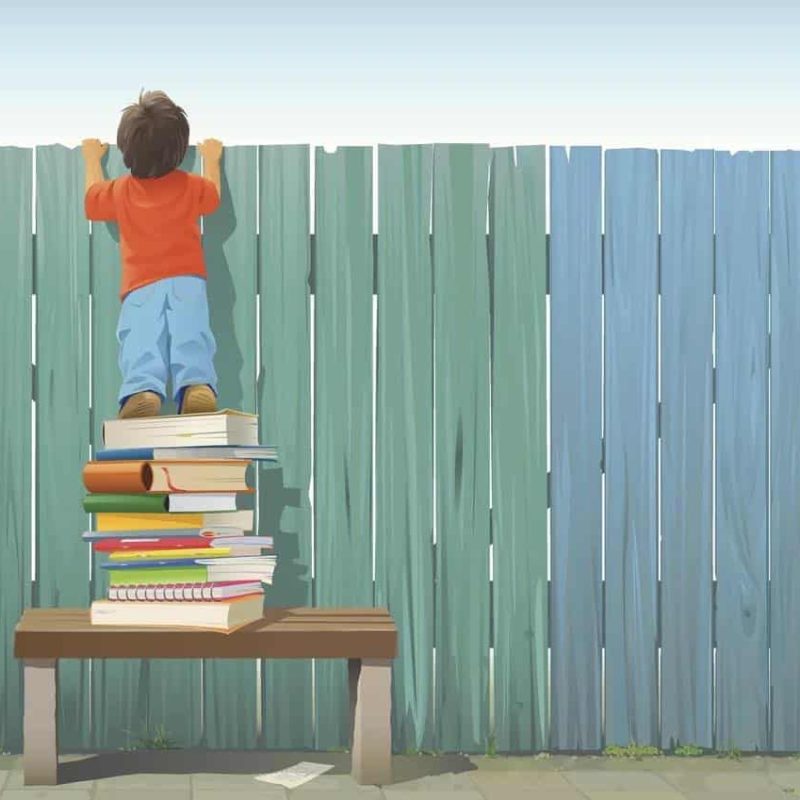These questions are addressed in a great article in Harvard Business Review by Clay Christensen, an academic and author that recently caught my attention. He believes that the theories and models he teaches his MBA students can be applied to help people lead better lives.
This article resonated with me in so many ways. The first question reaffirms for me that you cannot live in silos. If you want to live your best life and be successful in your career you have to take a holistic view and look at your life as a whole and understand how your work impacts your personal life and vice versa. You can have a successful career for example but this maybe at the expense of your relationship with your spouse or family. The struggle to achieve an acceptable work/life balance is sadly a common problem in many of our lives today. Christensen argues that just as a company has a vision or strategy, individuals should have a defining purpose in life that can lead/guide them in decisions in their personal or professional life. He found that very few of his students had thought about a purpose and those that had, may not have had time to reflect on and update their purpose as they progressed through life. Having a purpose or vision can help direct your life and having one that is shared with your partner and family can align expectations and remove friction from relationships.
Every day we are faced with making instant decisions as we juggle the different elements of our lives these decisions, such as on how we allocate our personal time, energy and talent, ultimately shape our lives. Without a purpose or vision our decisions often are driven by a short-term perspective that yield tangible or immediate results. Sustainable, heathy relationships or bringing up children unfortunately need a longer-term perspective. If we are not careful, we can fall into the trap of allocating less and less of our time and energy (resources) to the things that matter most in our lives.
A life purpose or vision is therefore only as good as how we live by it. In this fast paced and complex world with its many distractions we can forget our good intentions and fall into the ‘just this once’ syndrome. In the article Christensen argues that unconsciously we often employ the marginal cost doctrine in our personal lives when we choose between right and wrong and accept the marginal cost of doing something wrong ‘just this once’ in extenuating circumstances. Our brain has evolved over many millions of years and the different parts have competing priorities that can drive our decision making. The lesson Christensen learnt was that it is easier to hold to your priorities 100% of the time than hold to them 98% of the time.



